Weather & Climate Data Trading: Turn Forecasts into Financial Opportunities
When we think of weather forecasts, we usually picture umbrellas, snow boots, or sunscreen. But what if we told you that climate data can do a lot more than help you decide what to wear—it can help you decide where to invest?
Weather and climate data trading is a growing field where real-world weather patterns directly influence investment decisions. From agriculture to energy to insurance, climate trends offer a powerful edge to those who know how to use them.
Let’s break down the major ways weather and climate impact financial markets—and how you can use that to your advantage.
🌾 1. Weather-Dependent Agricultural Futures
Agriculture is directly tied to the weather. A great harvest or a crop failure can swing prices dramatically.
✅ How It Works:
Investors trade futures contracts on crops like wheat, corn, soybeans, and coffee. These prices are heavily influenced by rain, drought, frost, and temperature fluctuations.
💡 Investment Insight:
Monitor seasonal forecasts and regional rainfall data to anticipate crop yields. In times of expected drought or flooding, prices for certain commodities can spike—creating opportunities for short-term trades or hedging.
🌪️ 2. Natural Disaster Insurance Impact
Hurricanes, floods, wildfires, and other natural disasters not only affect lives but also the balance sheets of major insurers.
✅ How It Works:
Insurance and reinsurance companies are heavily exposed to climate risks. Investors can watch disaster forecasts and damage projections to anticipate stock movements in these sectors.
💡 Investment Insight:
Reinsurance firms often face heavy losses after a catastrophe—but savvy investors can also spot opportunities to buy undervalued stocks once the market overcorrects.
🔥 3. Seasonal Utility Demand Plays
Weather doesn’t just move markets—it moves thermostats. Hot summers and freezing winters drive demand for electricity, gas, and other utilities.
✅ How It Works:
Energy providers see higher demand during extreme temperatures. Utility stocks and energy ETFs tend to perform well during these periods.
💡 Investment Insight:
Track seasonal temperature forecasts and energy consumption data. Consider short-term plays on energy stocks before a predicted heatwave or polar vortex.
🌞 4. Renewable Energy Forecasting
Sunshine and wind aren’t just good for the planet—they’re good for portfolios, too.
✅ How It Works:
Solar and wind energy companies rely on consistent patterns of sun and wind. Forecasting tools help traders optimize investments in these companies by predicting energy output.
💡 Investment Insight:
Use solar radiation data or wind pattern models to anticipate energy production. This can influence the earnings and stock prices of renewable energy firms.
📈 Why Climate Data Is a Smart Investment Strategy
Many people assume that weather data is just useful for farmers or outdoor event planners. But in reality, climate data can provide a predictive edge across multiple sectors.
📊 Real-World Application:
Traders use drought models to anticipate food shortages.
Energy investors follow cold spells to predict heating demand.
Insurance analysts monitor storm forecasts to manage risk.
By combining environmental insights with financial tools, you can become a more informed and proactive investor.
🎓 Learn Climate-Based Trading at YourPaathshaala
If you’re new to investing or looking to build smarter strategies, understanding how weather shapes the market is essential. At YourPaathshaala, we offer practical, beginner-friendly guidance on trading and market trends—powered by real-world data.
📍 Visit YourPaathshaala
Near 🏥 Anjali Children Hospital, Tagore Nagar, Mathpurena, Raipur
📫 PIN Code: 492001, Chhattisgarh
📞 Click the Call Now to start learning how financial systems really work! To check out the full article click here!




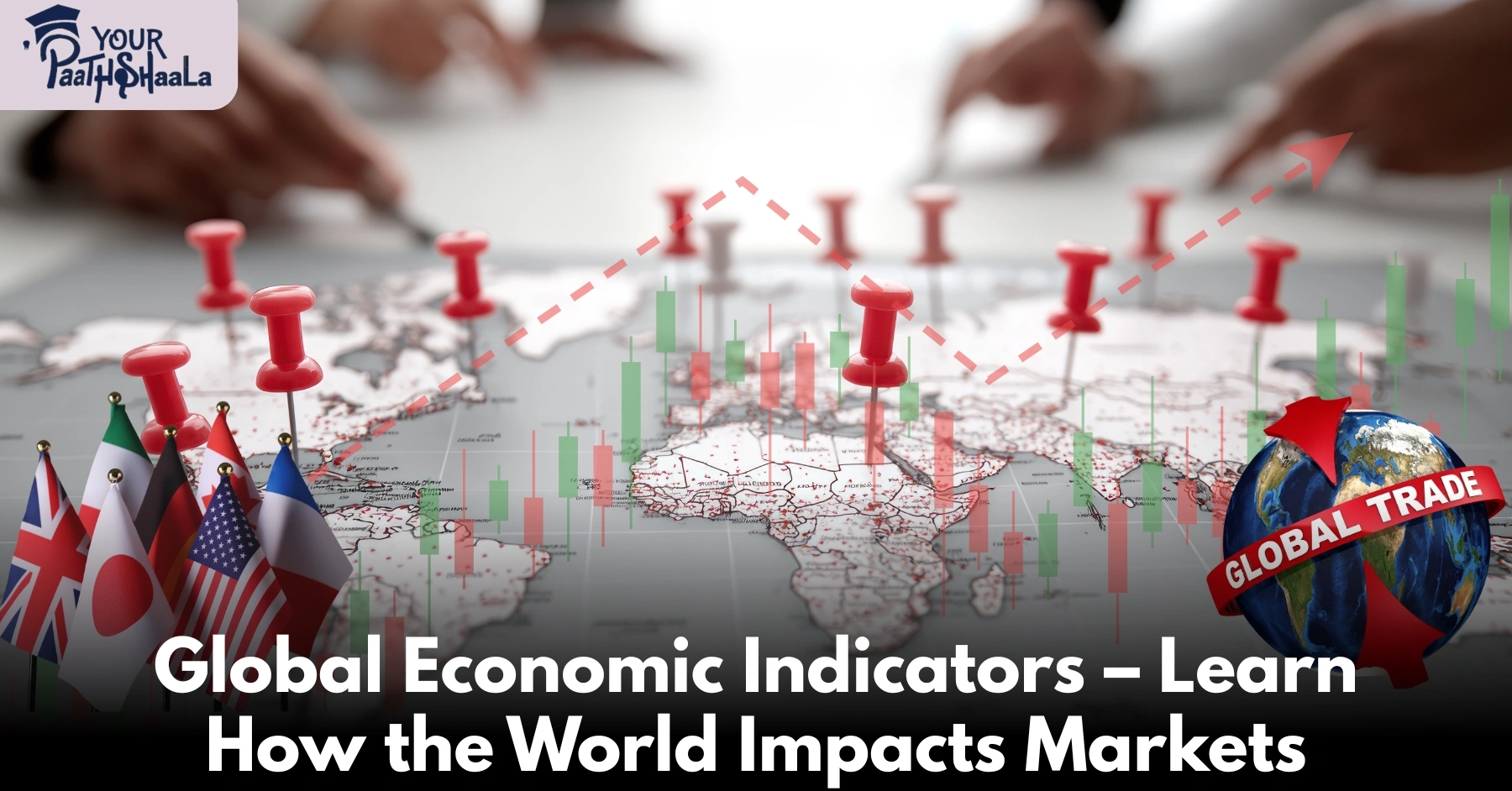
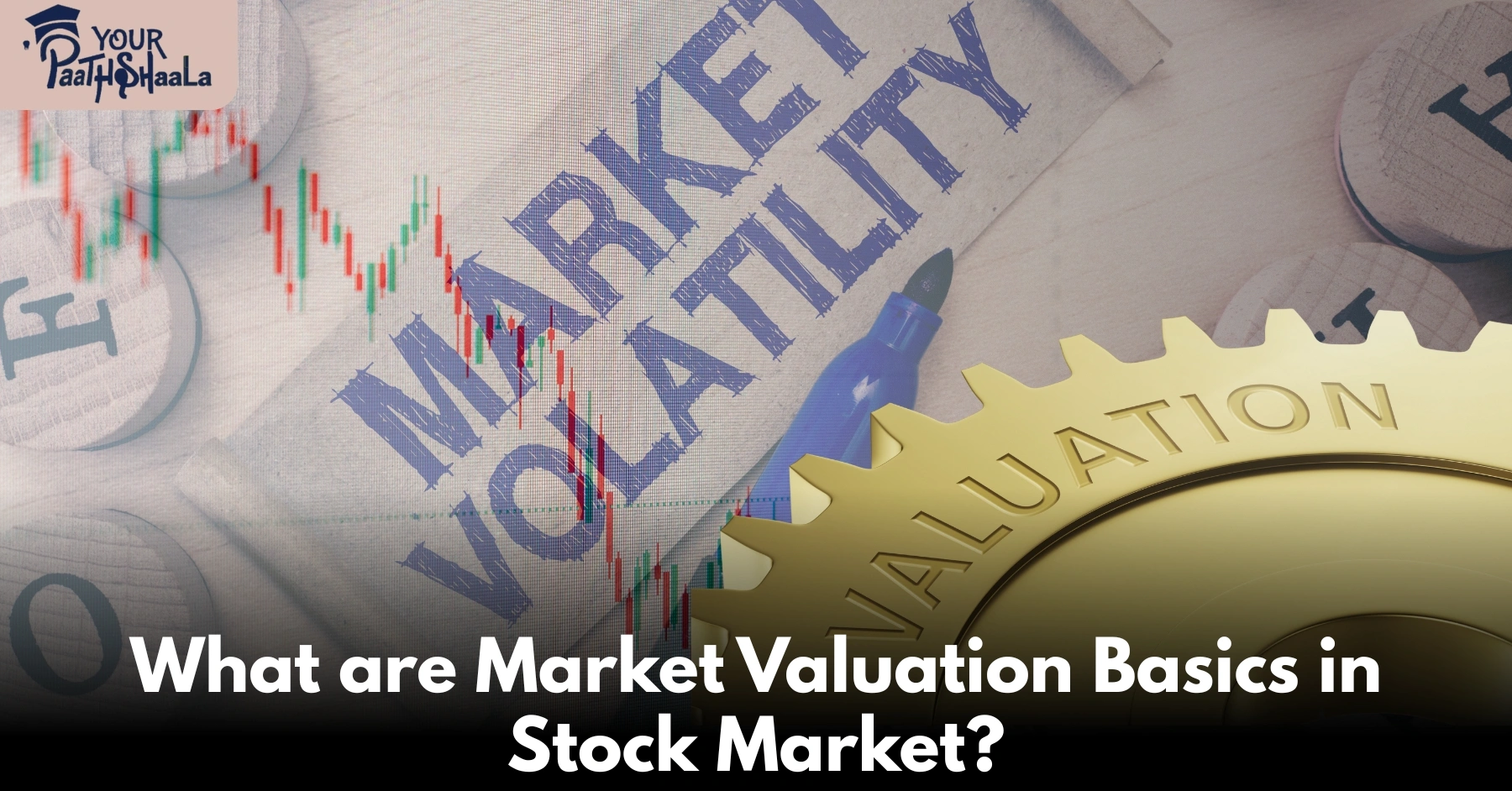
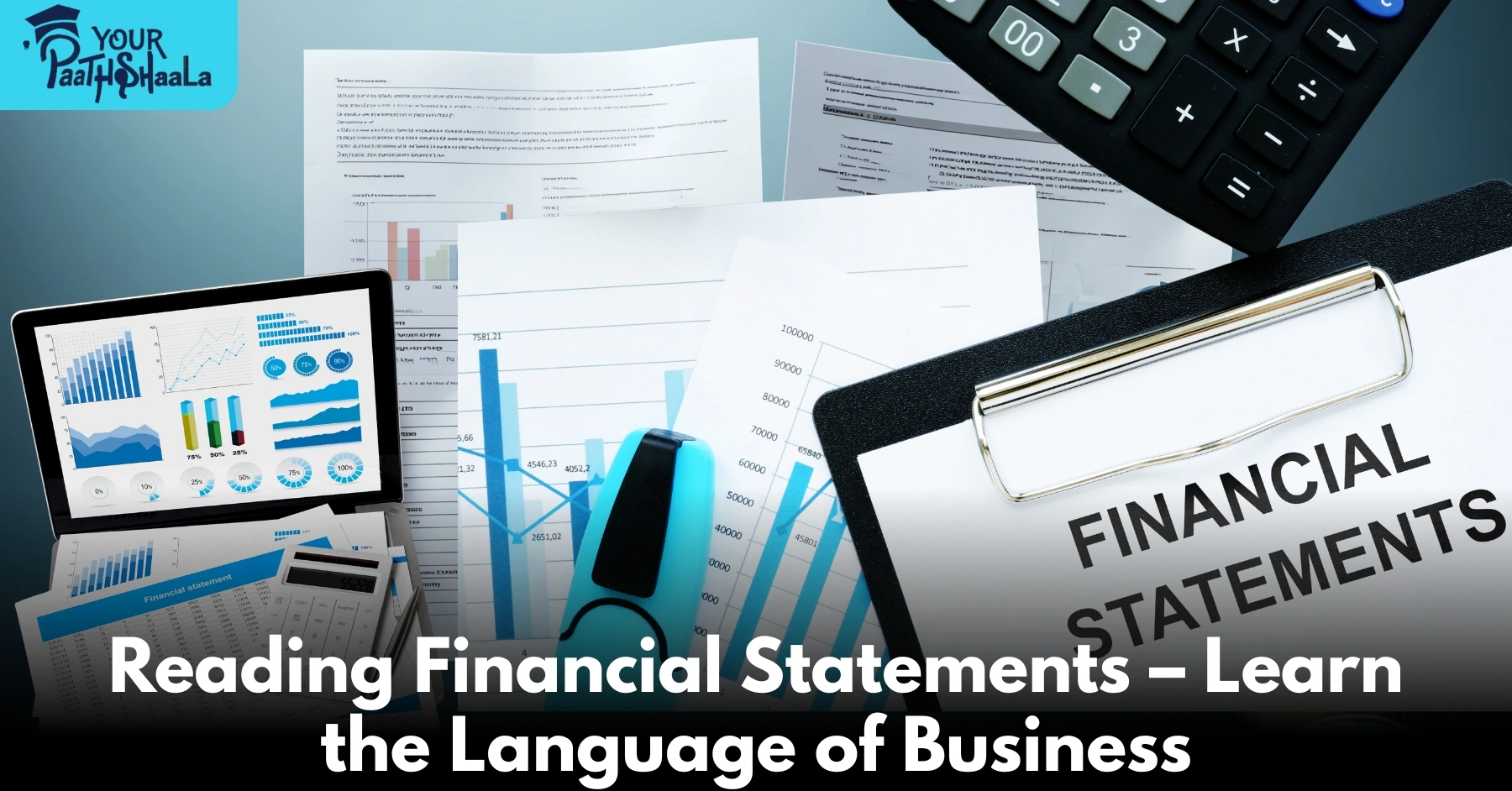

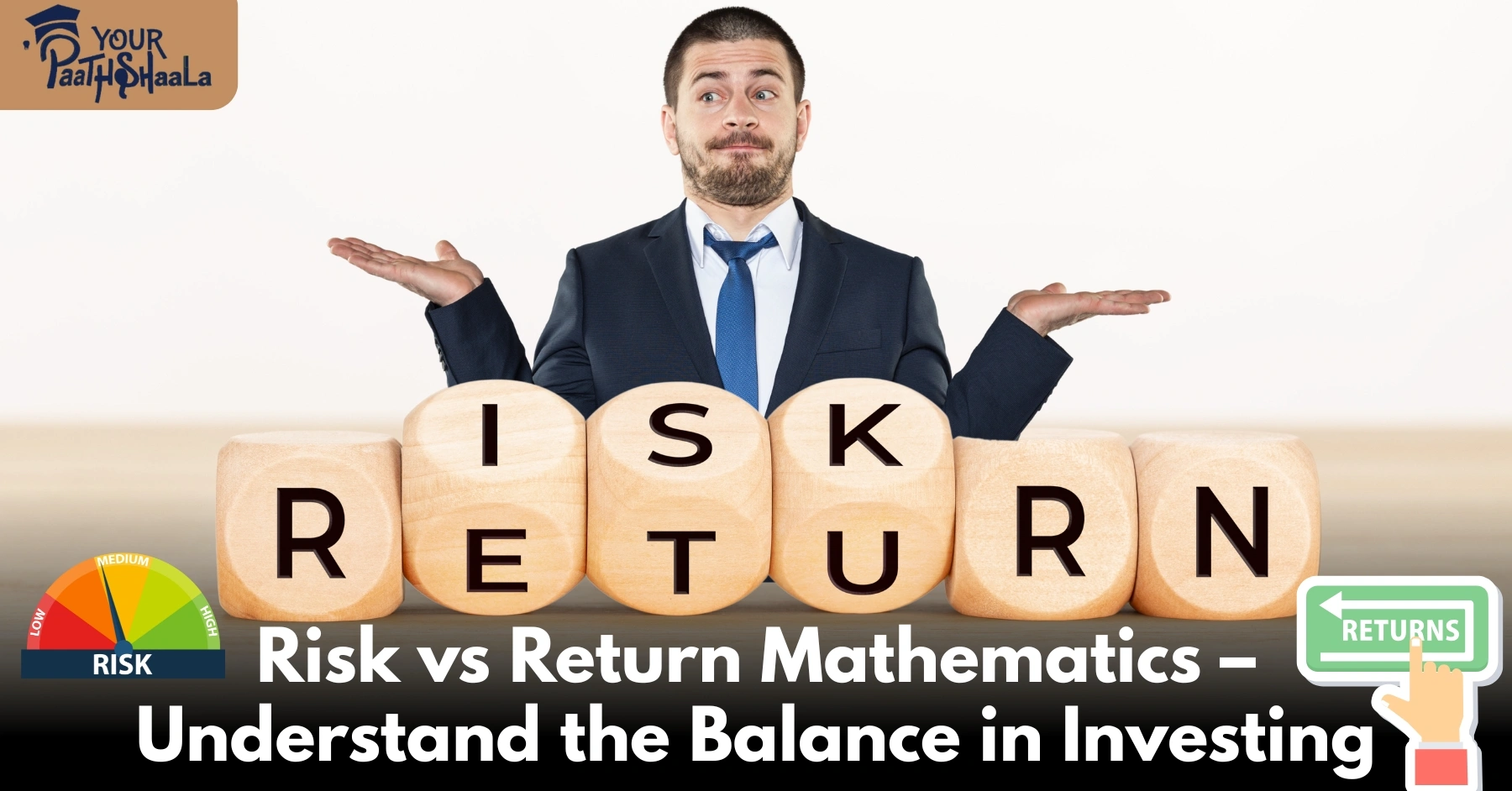

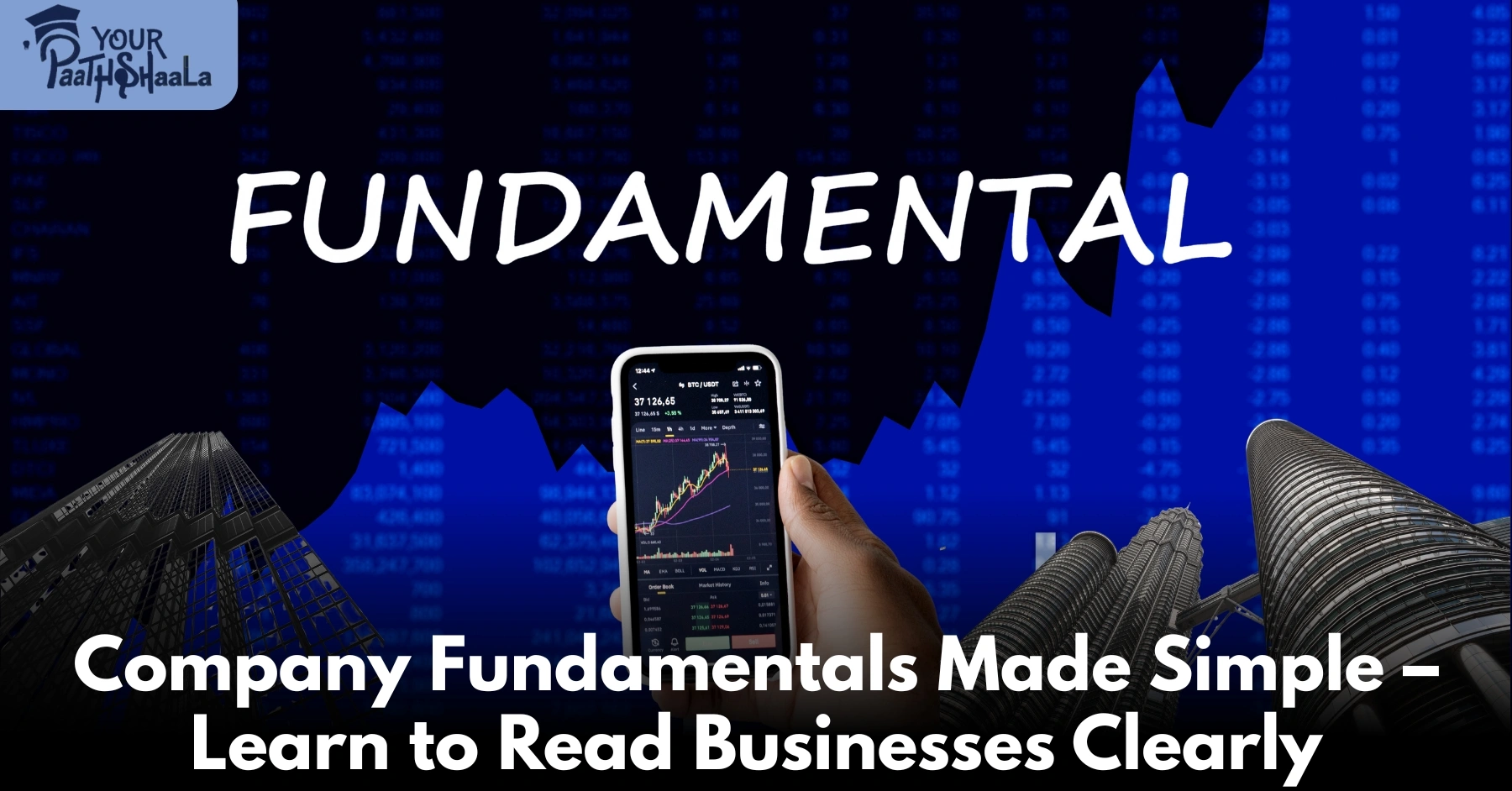


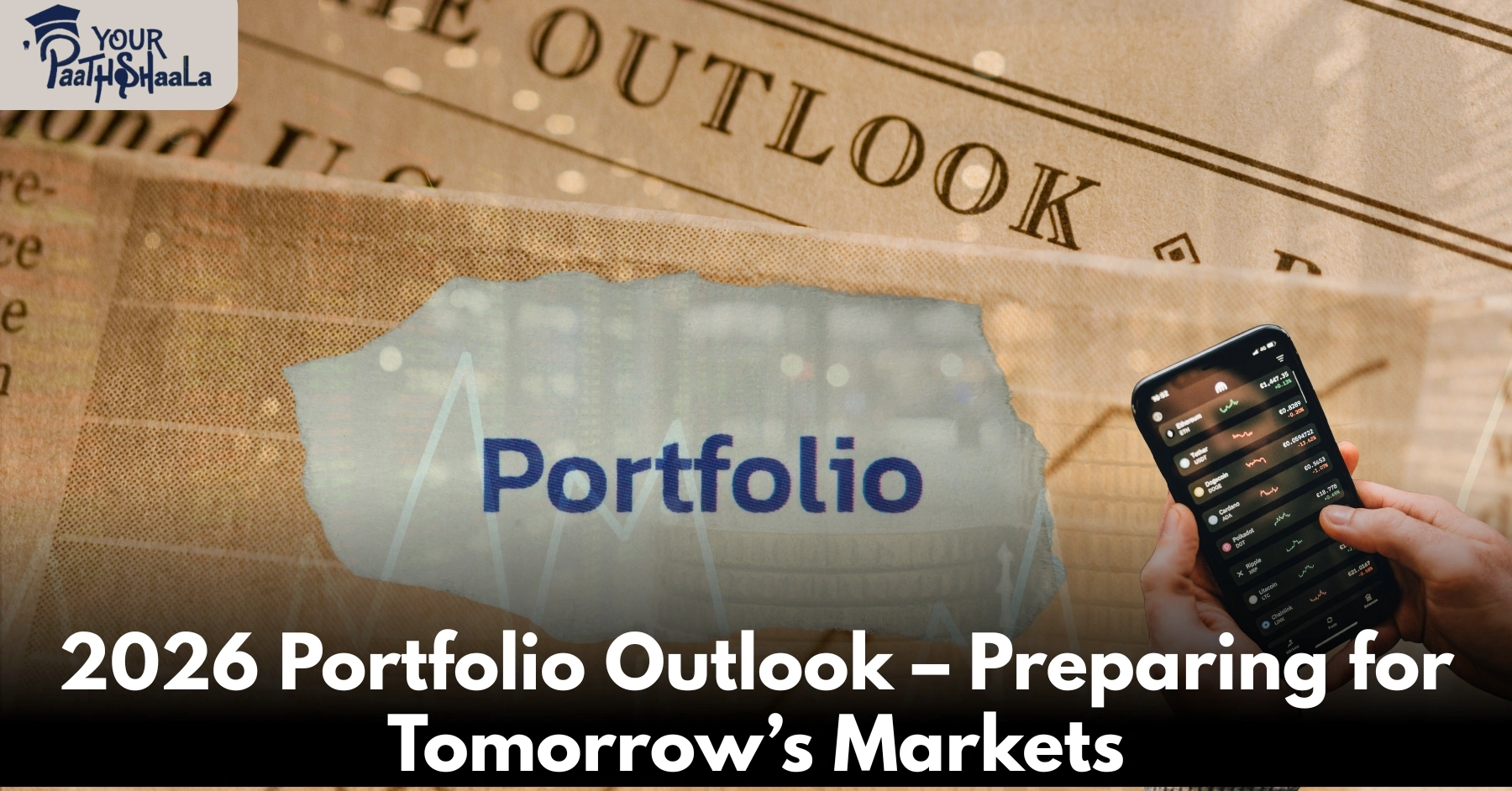
Add a Comment